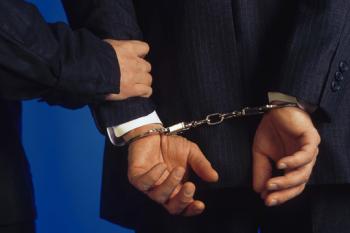Gang Violence
 A Look at Gang Violence
A Look at Gang Violence
While the definition of a gang can vary dramatically, most gangs that are not associated to organized crime are known for their street presence as well as their role in committing street crimes. Gangs tend to be most effected in urban areas that do not have proper social institutions set up, such as schools and families.
The number of gang violence and gangs related problems in the United States grew significantly during the 1980s and 1990’s. This increase developed at the same time the crack cocaine epidemic occurred, suggesting a relationship between the two. While there was a decline in the mid 1990’s to the early 2000’s, gang problems have been increasing steadily since. With this, gang violence has also increased as well.
While gang violence and activity can be cyclical in smaller regions and neighborhoods, it is much more likely for larger cities to report consistent gang violence. Occasionally, large flare-ups of gang violence also occur, but these upswings are normally not on a national trend.
Levels of gang violence can vary from city to city and even from one gang to another, but has certainly increased. One of the main factors behind is the increase in firearms in modern day gang activity. Often, gangs recruit young individuals who already possess firearms and promote their use within the gang. Many jurisdictions that experience higher levels of gang violence often see higher levels of firearms used in homicides.
Many of these large street gangs use gang violence in order to control or expand certain illegal activities, such as drug distribution, targeting dealers and rival gang members who do not pay extortion fees, to have members follow the rules within a gang, or to stop a member from trying to leave the gang.
Gang violence has been reported to be responsible for many major violent crimes in the United States, such as:
• Robbery
• Homicide
• Money laundering
• Weapons trafficking
• Burglary
• Assault
• Drive-by shootings
• Prostitution operations
• Selling stolen property
• Extortion
While local government and law enforcement work to reduce gang violence, the issue is also handled by the FBI. Since January 2011, the FBI has worked to create 168 Safe Streets Task Forces that have worked to fight against gang violence.
In 2004, the FBI established the National Gang Task Force in order to coordinate investigations between local, state, and federal agencies regarding MS-13 targets in order to reduce gang violence.
The FBI has also created the National Gang Intelligence Center to provide a mechanism for both local and federal law enforcement to combine gang data in order to identify any trends in gang violence and other activity.
Related Topics
- America’s Most Wanted
- An Overview of Utilizing Computer Networks
- Clarence Ray Allen
- The 5 Elements of a Crime
- Threat Defined
- An Overview of the Drug Enforcement Agency
- Offense Defined
- Cosa Nostra
- A Brief Overview to the Penal Code
- Philip Markoff